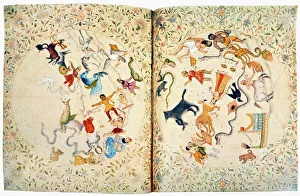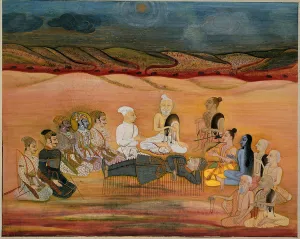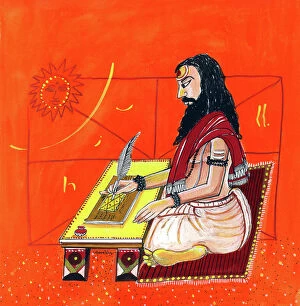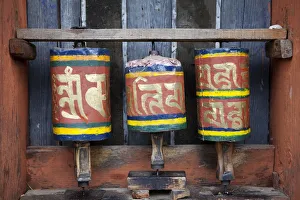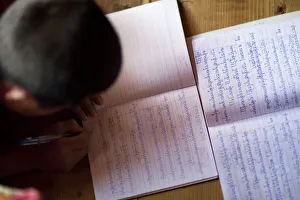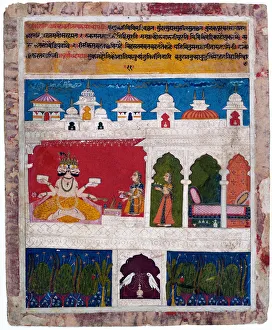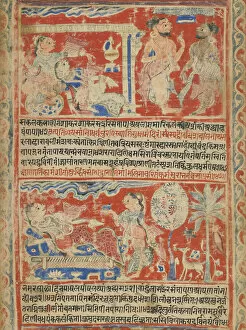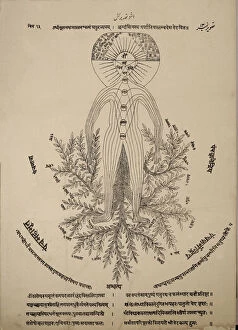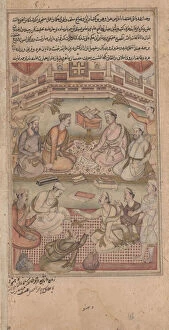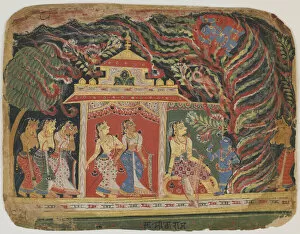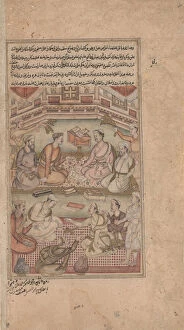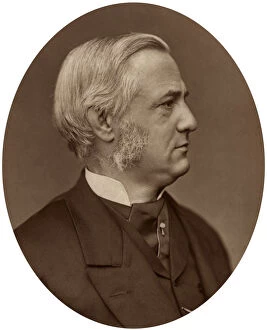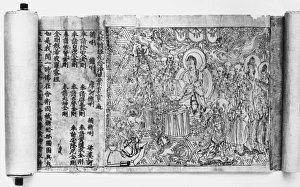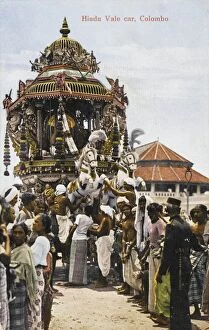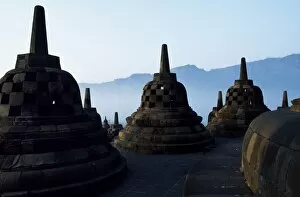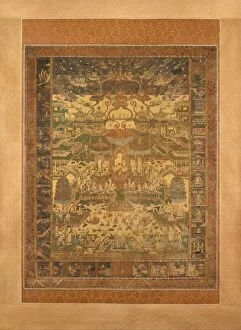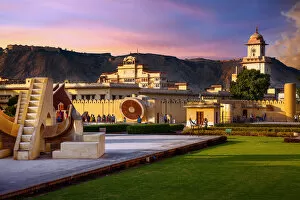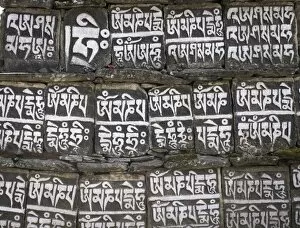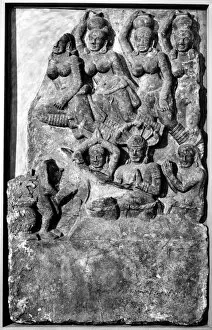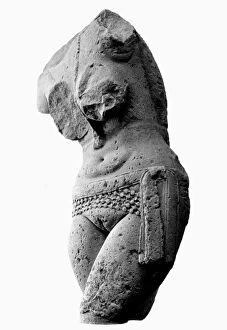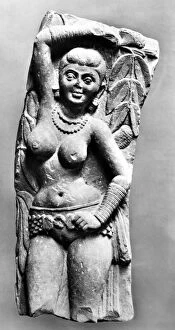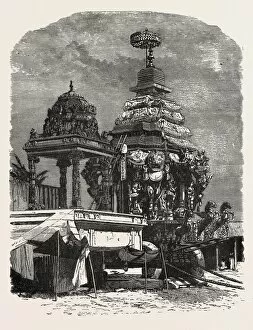Sanskrit Collection
"Sanskrit: Unveiling the Rich Tapestry of Ancient Wisdom and Mythology" Embark on a journey through time as we explore the captivating world of Sanskrit
All Professionally Made to Order for Quick Shipping
"Sanskrit: Unveiling the Rich Tapestry of Ancient Wisdom and Mythology" Embark on a journey through time as we explore the captivating world of Sanskrit, an ancient language that holds the key to unraveling the mysteries of our past. Marvel at the intricate sandstone sculpture of a Yakshini, a benevolent tree spirit from Sanskrit mythology, guarding hidden treasures buried deep within the earth. Dating back to the 1st century A. D. , this masterpiece is a testament to the artistic prowess and spiritual beliefs of ancient civilizations. Delve into celestial realms with an Indian Sanskrit star map, meticulously crafted in 1840 as a manuscript horoscope for Prince. This exquisite piece not only showcases astronomical knowledge but also reflects how deeply intertwined astrology was with daily life during that era. Witness Arjuna's fateful encounter with Bhishma in "The Death of Bhishma, " where numerous arrows pierce his body. This poignant depiction captures both tragedy and honor, illustrating timeless themes found within Sanskrit literature. Transport yourself to Borobodur temple in Java, Indonesia, where latticed stupas adorn upper terraces. These architectural wonders pay homage to Buddhism while showcasing influences from Sanskrit culture—a true testament to cultural exchange throughout history. Discover Trimurti—the three forms embodying Brahma—in all their divine glory. Through this representation, we gain insight into Hindu cosmology and its belief in creation (Brahma), preservation (Vishnu), and destruction (Shiva). Immerse yourself in spirituality at Jambay Lhakhang temple in Bhutan as prayer wheels spin fervently amidst serene surroundings. Here, monks diligently study and write Sanskrit texts—preserving ancient wisdom for generations to come. Step into another realm as you witness a lady offering an ancient Vedic ritual sacrifice to Brahma—an enchanting scene captured on paper centuries ago. This artwork showcases the devotion and reverence bestowed upon deities in Sanskrit culture.

